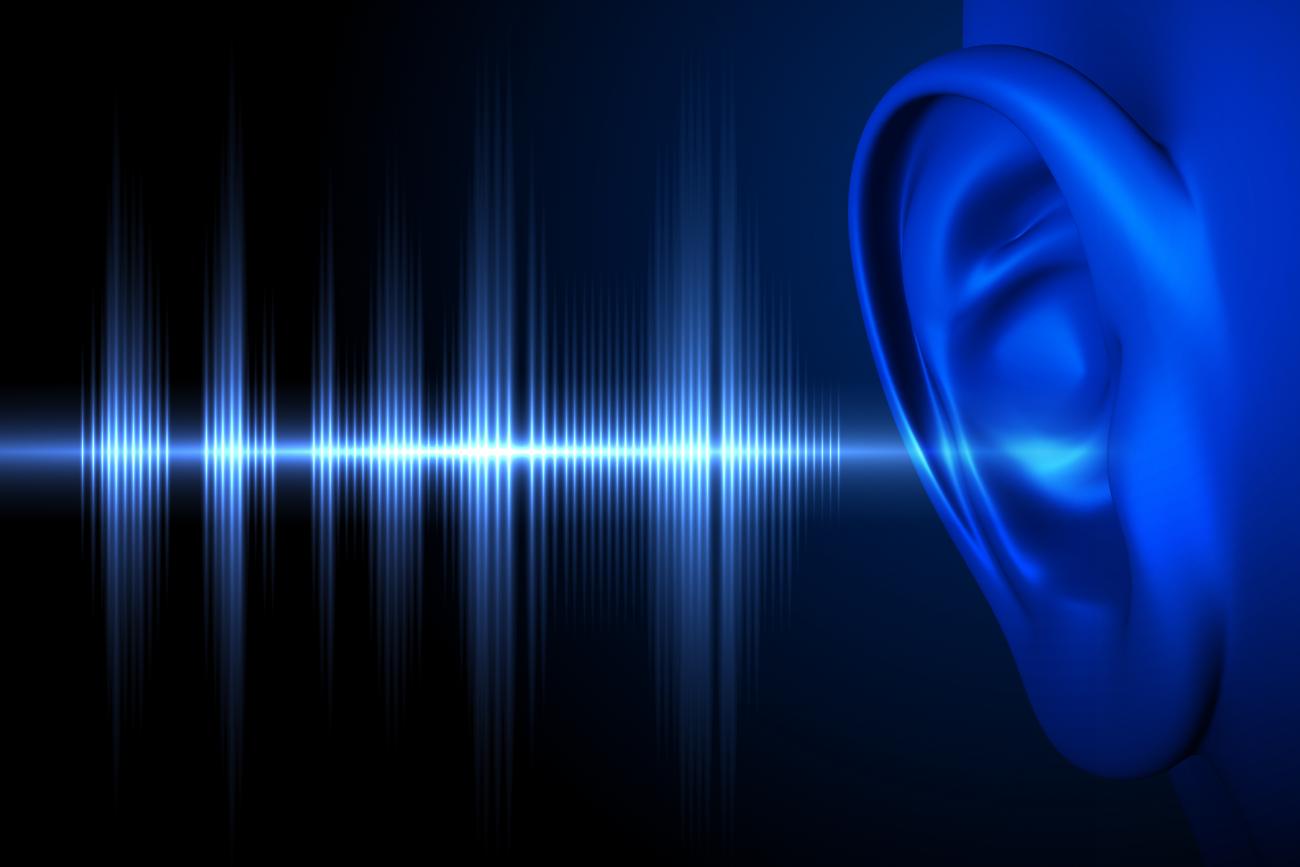The University of Maryland's Center for Comparative and Evolutionary Biology of Hearing (C-CEBH) is a vibrant and highly respected research group focused on broad aspects of hearing and hearing disorders. Through its highly productive research, its collaborations, and the work of its former trainees, C-CEBH is influencing the science of acoustic communication both nationally and internationally.

C-CEBH is founded on the principle that insights gained from studying different species can often help in understanding human hearing, in finding new cures for chronic human hearing problems, and in designing robotic devices. C-CEBH takes a broadly interdisciplinary approach to the study of hearing, acoustic communication and auditory neuroscience. Scientists in this NIH-funded Center study all aspects of hearing and related sensory processes to refine our knowledge of the structure, function and evolution of the auditory system.
C-CEBH is made up of a core faculty from five different departments at the University. These faculty members bring in over $7.5 million dollars in sponsored research each year.
C-CEBH does not operate in a vacuum. It has strong collaborations across campus in other aspects of neuroscience and related disciplines. Many of these collaborations occur through the many undergraduate and graduate students, postdocs, and research associates that are members of C-CEBH laboratories.
C-CEBH research also extends to other institutions in the United States and abroad. C-CEBH includes many intramural faculty from the National Institute of Deafness and Other Communication Disorders (NIDCD of the NIH), many of whom are adjunct UMD faculty and collaborate with C-CEBH investigators in research and student training.
In addition C-CEBH collaborates with researchers from the Walter Reed National Military Medical Center, and with faculty at the University of Maryland School of Medicine in Baltimore. There are also international research and teaching collaborations in Germany, Denmark, China and several other countries.
The establishment of an NIDCD P30 Research Core Center at the University of Maryland, College Park (UMD), in 2002 was an important step in the evolution of the commitment of UMD to research related to the mission of the NIDCD. Although the P30 mechanism is in abeyance, the center continues to be supported by the university.
The Research Core Center has greatly facilitated and enhanced the research opportunities for an outstanding group of UMD investigators by providing the infrastructure and expertise needed in this area of dynamically changing research. The establishment of a Research Core Center has allowed further development of a range of services.
In 2018, the National Institute on Aging awarded more than $8 million to the University of Maryland for study of Neuroplasticity and Auditory Aging. The five-year, multidisciplinary research project will combine expertise from the College of Behavioral and Social Sciences; the A. James Clark School of Engineering; the College of Computer, Mathematical, and Natural Sciences; and the Center for Advanced Study of Language. The project is led by Principal Investigator Dr. Sandra Gordon-Salant.
C-CEBH is also the home of an NIDCD-funded NRSA training grant that is now in its 28th year (2023-2024). C-CEBH supports training of both doctoral and postdoctoral fellows. Past trainees have gone on to pursue postdoctoral training and academic and industrial positions and continue their studies of the auditory system. Doctoral fellows pursue their degrees in the labs of their C-CEBH mentors, with the expectation that all will take the C-CEBH-sponsored course in Hearing as well as a course in evolution.
Degrees are offered through any of the departments of participating faculty or through the Neuroscience and Cognitive Science (NACS) doctoral program. Postdoctoral trainees are expected to sit in on the C-CEBH course in hearing and a course in evolution if they have not already had the equivalent, and to work between laboratories to help enhance the collaborative efforts of the Center.
At C-CEBH, specialists in biophysics, brain imaging, imaging, molecular biology, computational modeling, audiology, and neurochemistry use a suite of state-of-the-art approaches to isolate and examine how the auditory system of animals and humans encodes important sounds such as speech. The comparative and evolutionary approach to hearing and acoustic communication, and the breadth of questions if spawns, has made C-CEBH into a unique and widely renowned world-class research group.


